10 best National Parks to visit in winter: escape the crowds and embrace the wild
Our guide to the best National Parks to visit in winter takes you on adventures to old-growth forests, rugged deserts, coral reefs and smouldering volcanoes
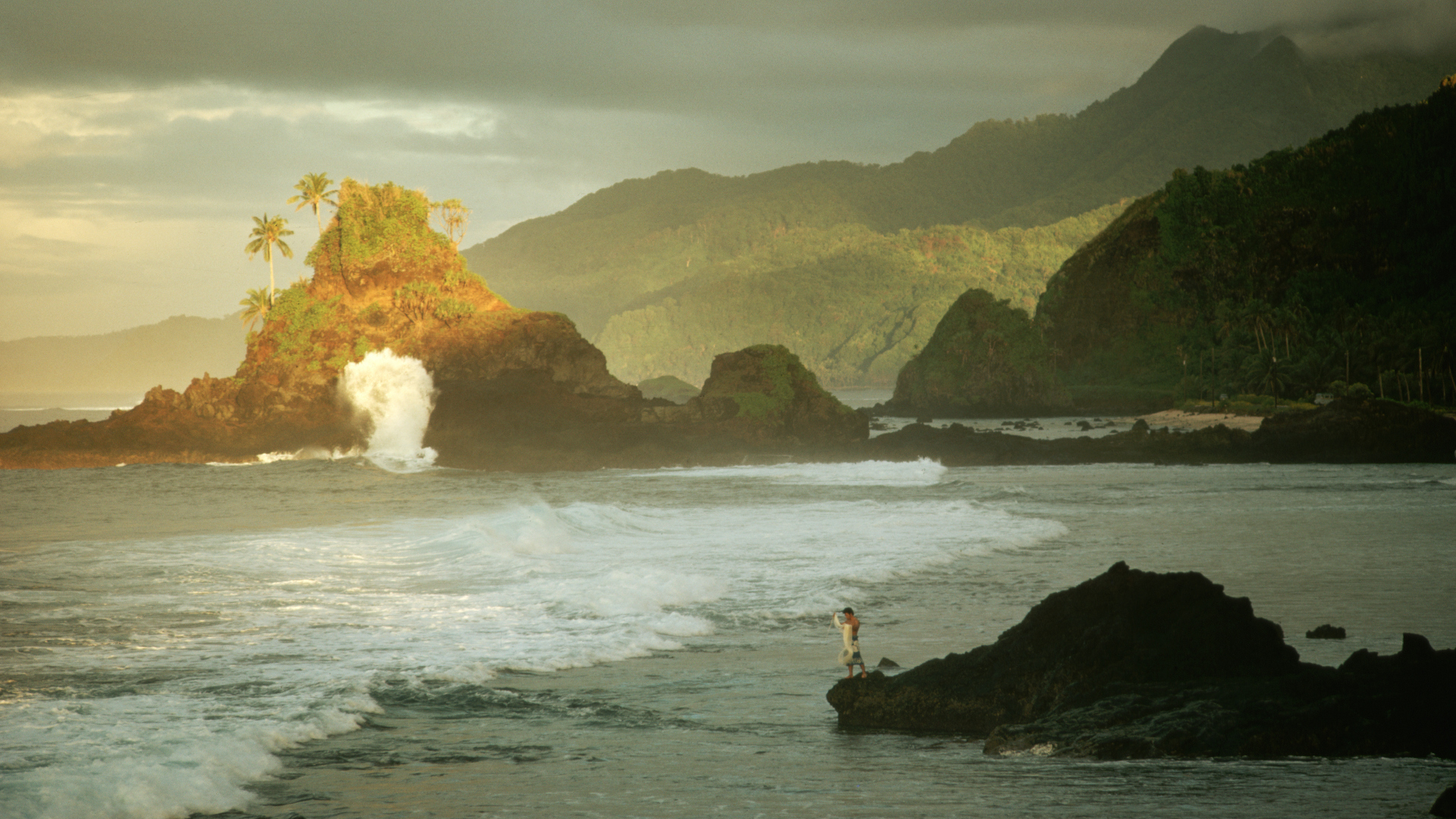
America’s National Parks welcome millions of visitors each year, flocking from around the globe to experience the varied natural wonders first hand, but most of these visits are packed into the months between April and September. While the warm weather and blooming wildflowers certainly make a compelling case for a summer trip, the downside is crowded trails and difficulty finding lodging. Our list of the best National Parks to visit in winter stretches beyond our coastlines and focuses on Parks where the weather will be mild to warm and you can still get the most out of your time outdoors.
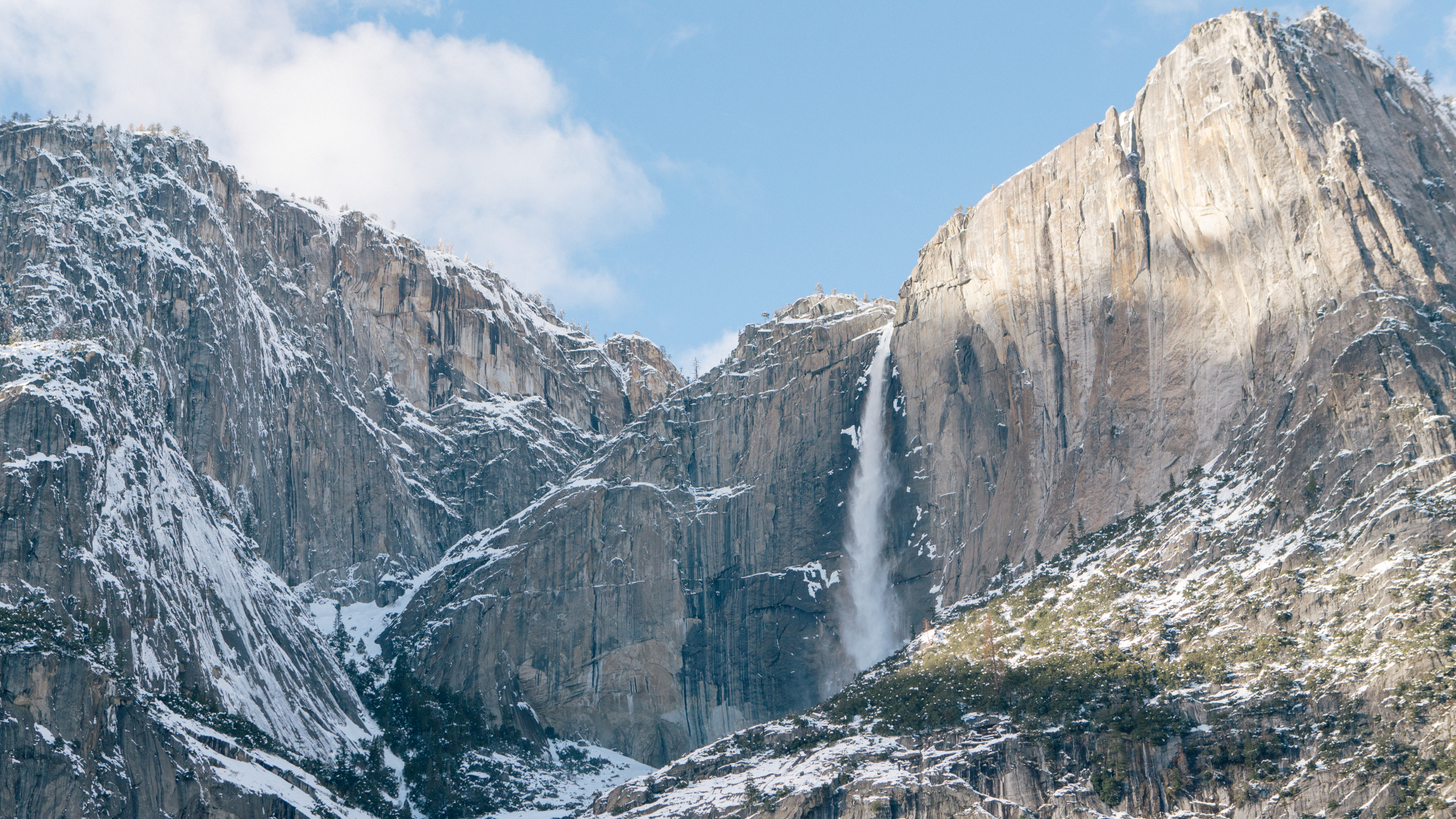
If you’re looking to escape – not join – the crowds, consider using the winter months to get your National Park fix. From October to March, you can have the trails largely to yourself and enjoy your pick of campsites and hotels. While it’s true that most National Parks are open year-round, many are forced to close off large areas due to weather conditions and transform their hiking trails into playgrounds for winter sports such as snowshoeing and cross country skiing. If winter sports aren’t for you, however, there are still lots of National Parks you can enjoy in winter with just a good pair of hiking boots.
Our guide to the best National Parks to visit in winter takes you on epic adventures from old-growth forests and vast desert canyons to coral reefs and smouldering volcanoes.
Everglade National Park
- Florida
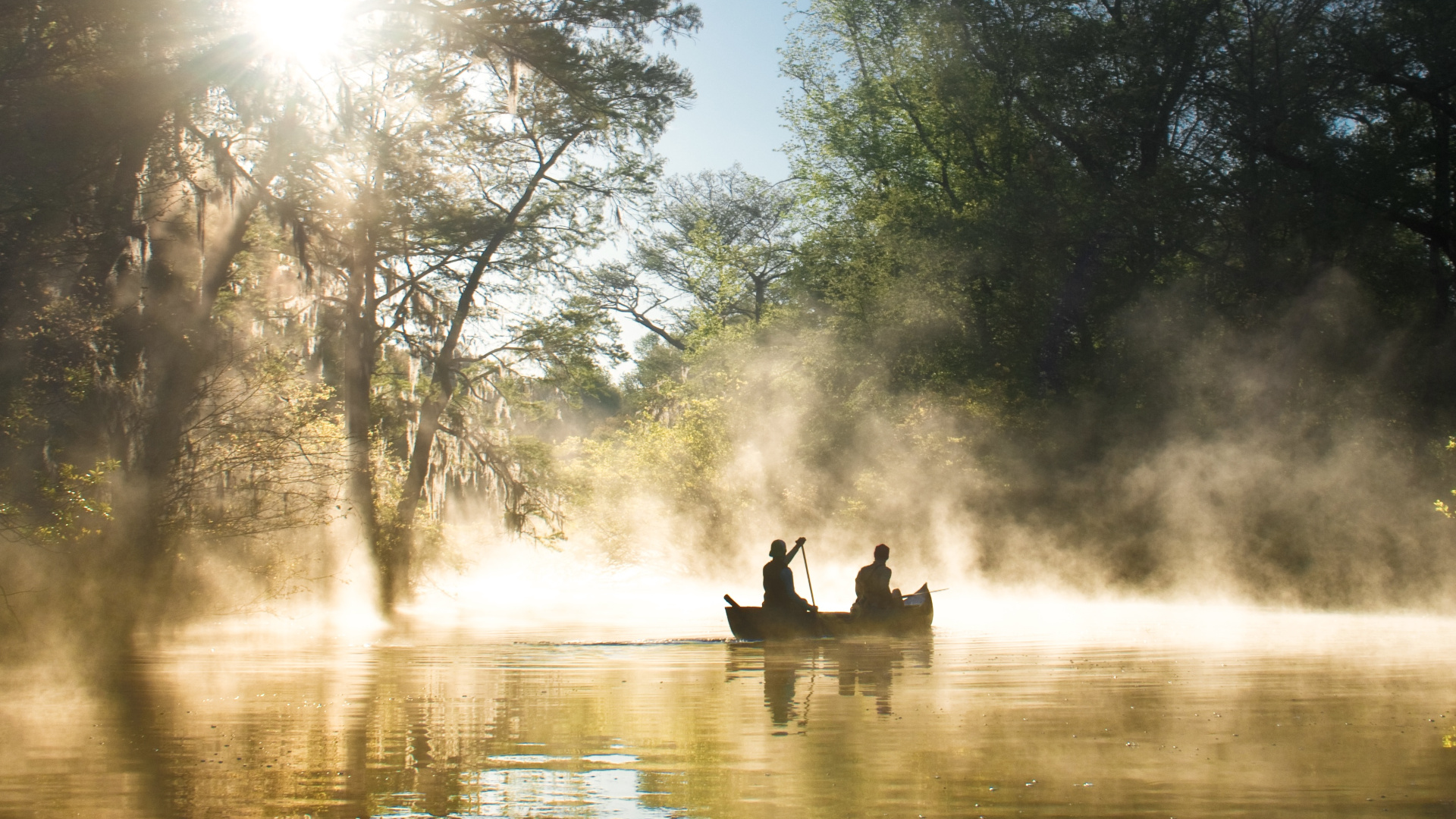
This World Heritage site protects the largest subtropical wilderness in the US and endangered species like the Florida panther, crocodiles and manatees. These 1.5 million acres of tropical wetland are to be found in southern Florida and you can explore them on foot, bike or boat. South Florida’s winter weather is truly fine, with daily highs in the 70s and 80s, so you can take a walk to view turtles, sea birds and alligators, bike through the mangroves or kayak across Florida Bay for the chance to see dolphins, crocodiles or manatees.
Great Smoky Mountains National Park
- North Carolina and Tennessee
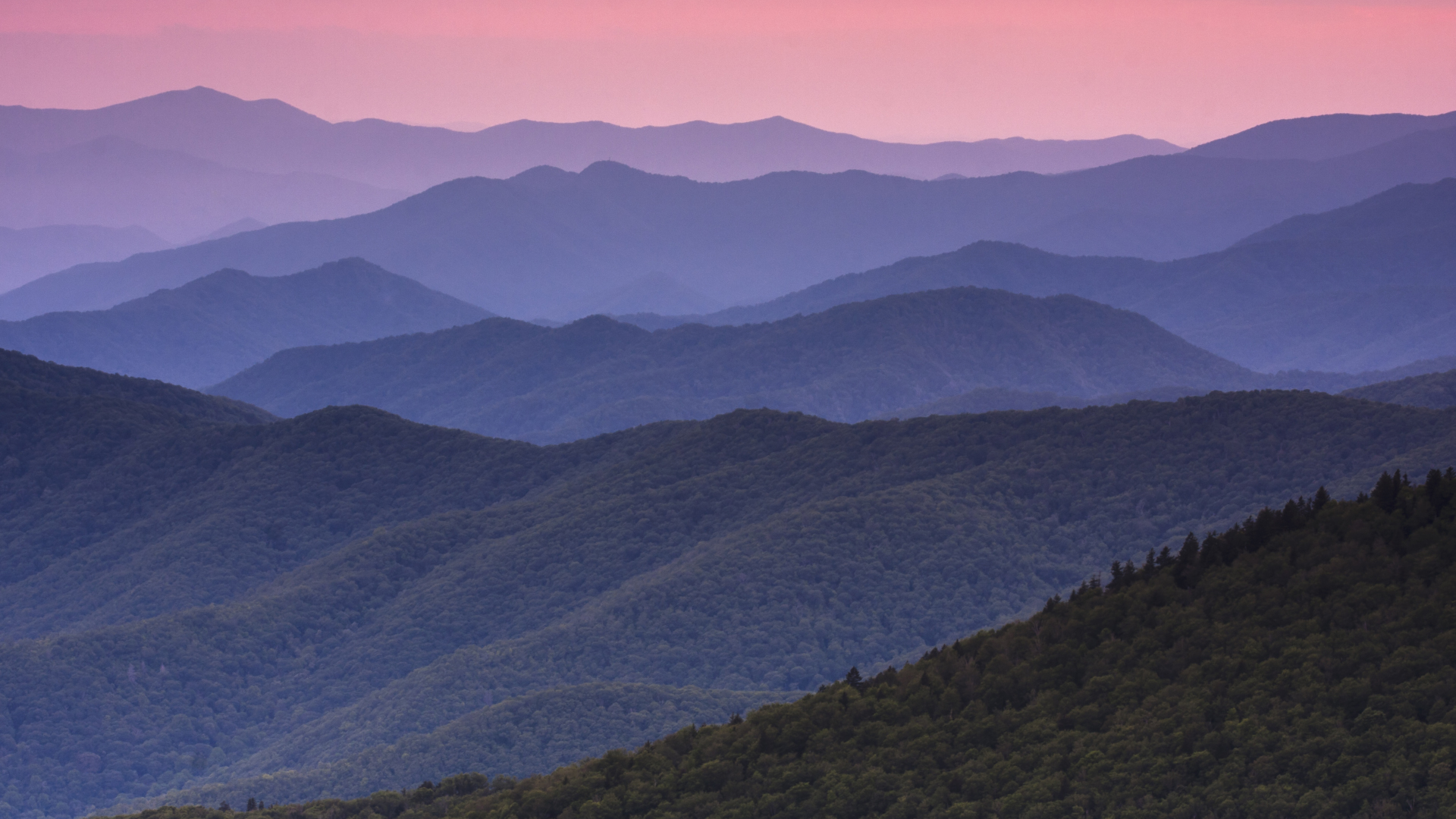
Great Smoky Mountains National Park is the most visited National Park in America, giving you all the more reason to explore it come winter when it’s relatively quieter. Straddling the border between North Carolina and Tennessee, the sprawling Great Smoky Mountains feature lush old-growth forests, cascading waterfalls and rocky bluffs as well as a section of the Appalachian Trail. Though it will be cold here in winter – expect highs in the upper 40s – the snow tends to remain high on the mountain tops and the absence of leaves on the trees makes for big views while perennial wildflowers paint a colorful picture on the trails.
Death Valley National Park
- California
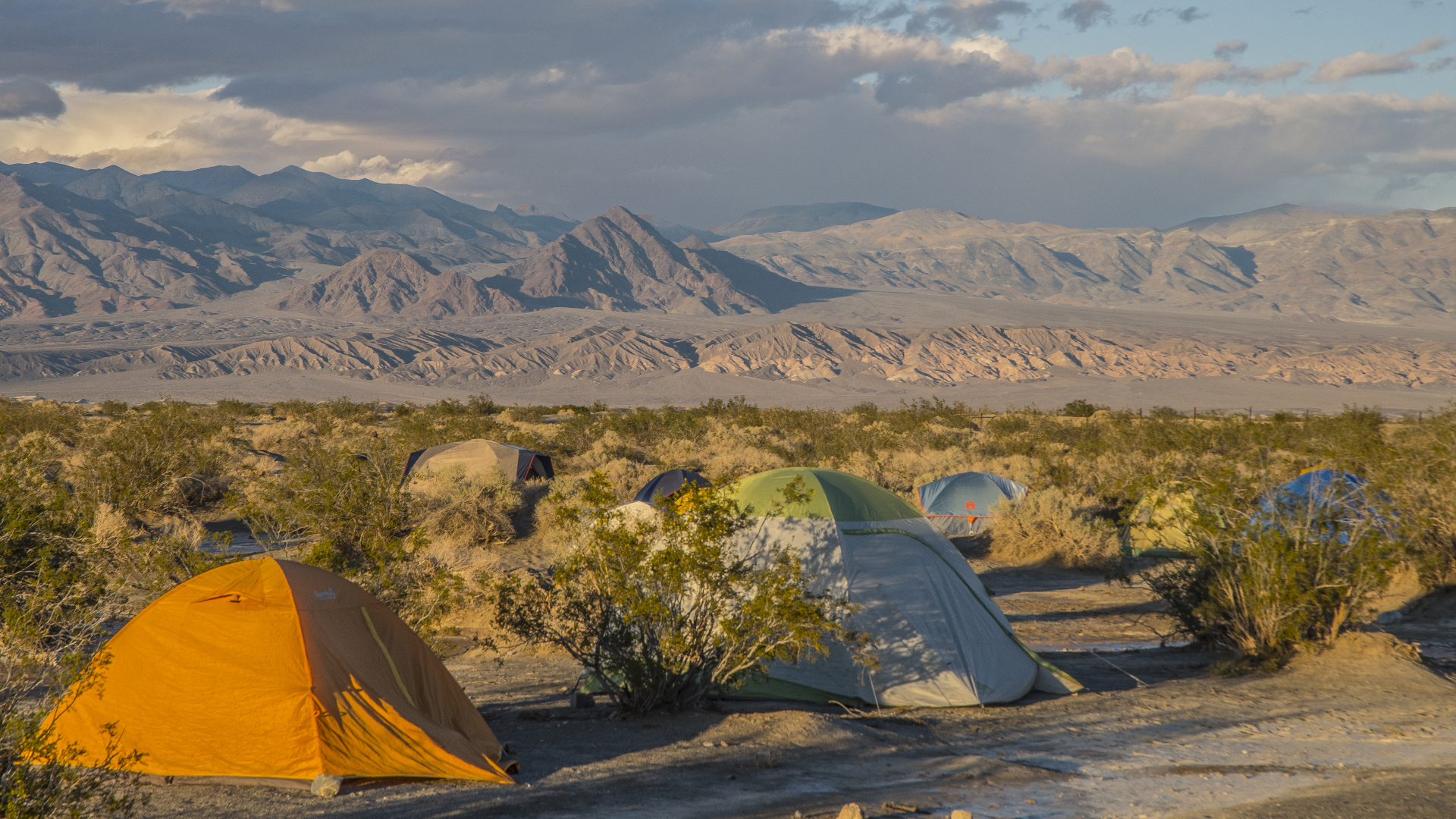
It’s known for being one of the hottest places on earth in the summer but in the winter you’ll discover that Death Valley is a comfortable 70 degrees during the day. Just two hours west of Vegas, winter is truly the best time to explore the vast sub-sea level salt flats, towering peaks and majestic sand dunes by day and enjoy the phenomenal stargazing by night. Remember that deserts are a land of extremes and it will get close to freezing at night, so if you’re camping, be sure to check out our desert camping guide.
Redwood National Park
- California
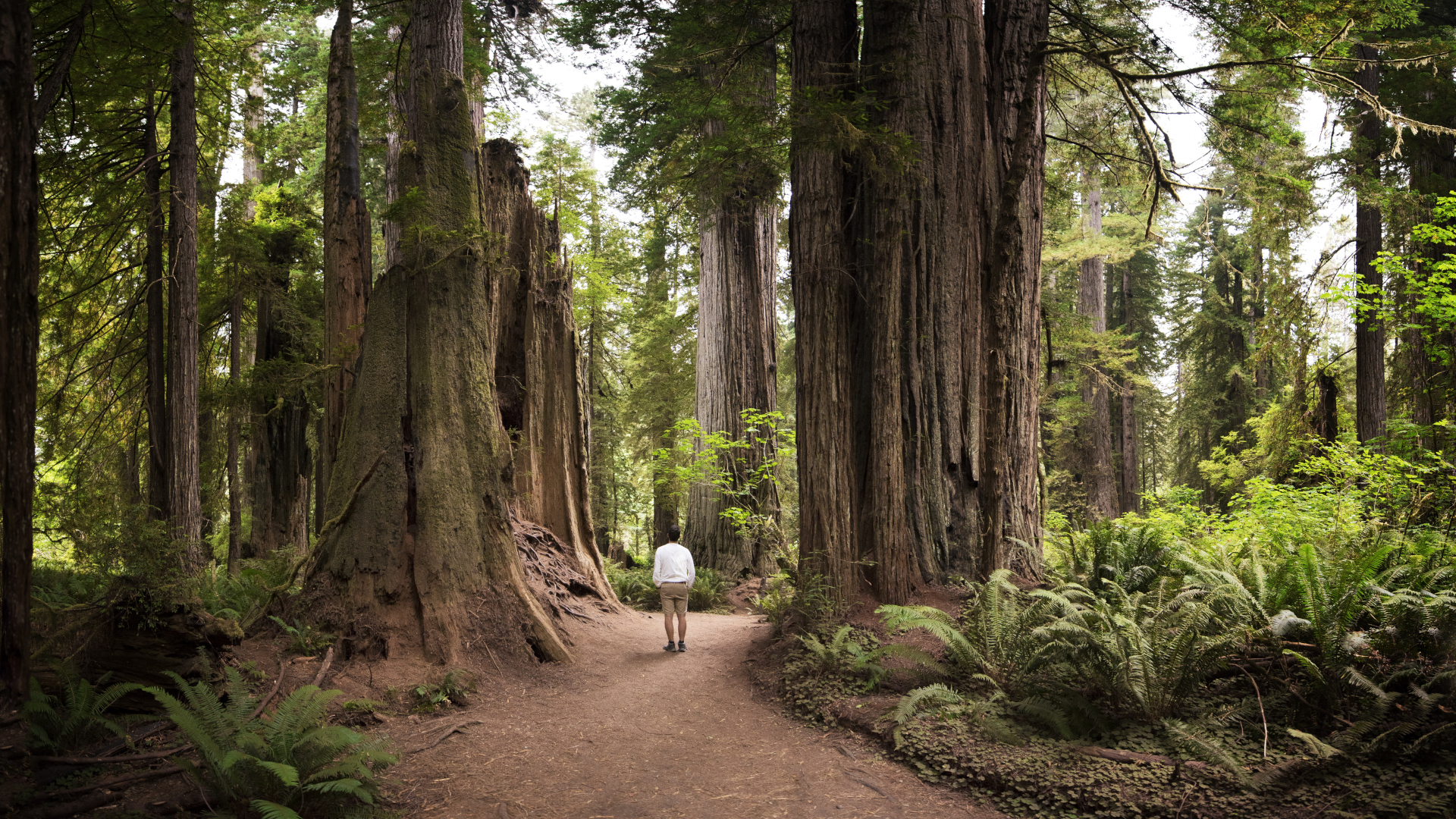
Redwood National Park is located in far northern California, close to the border with Oregon. Uniquely, it is part of a partnership with four state parks which encompasses about 139,000 acres of land and protects almost half of all remaining old-growth coastal redwoods in the world. In Redwood National Park, you can wander amongst the hulking trunks of the tallest living trees on earth, through ancient fern-lined canyons and even along rugged coastline. Due to its remote location far from any major metropolitan areas, Redwood National Park sees far fewer visitors than other California Parks and its temperate climate combined with easy, flat trails make it a phenomenal destination for winter exploration. Expect temperatures in the 50s and 60s, light rain and atmospheric fog in the winter and pack a rain jacket.
All the latest inspiration, tips and guides to help you plan your next Advnture!
Check out our guide to the best hikes in Redwood National Park.
Yosemite National Park
- California
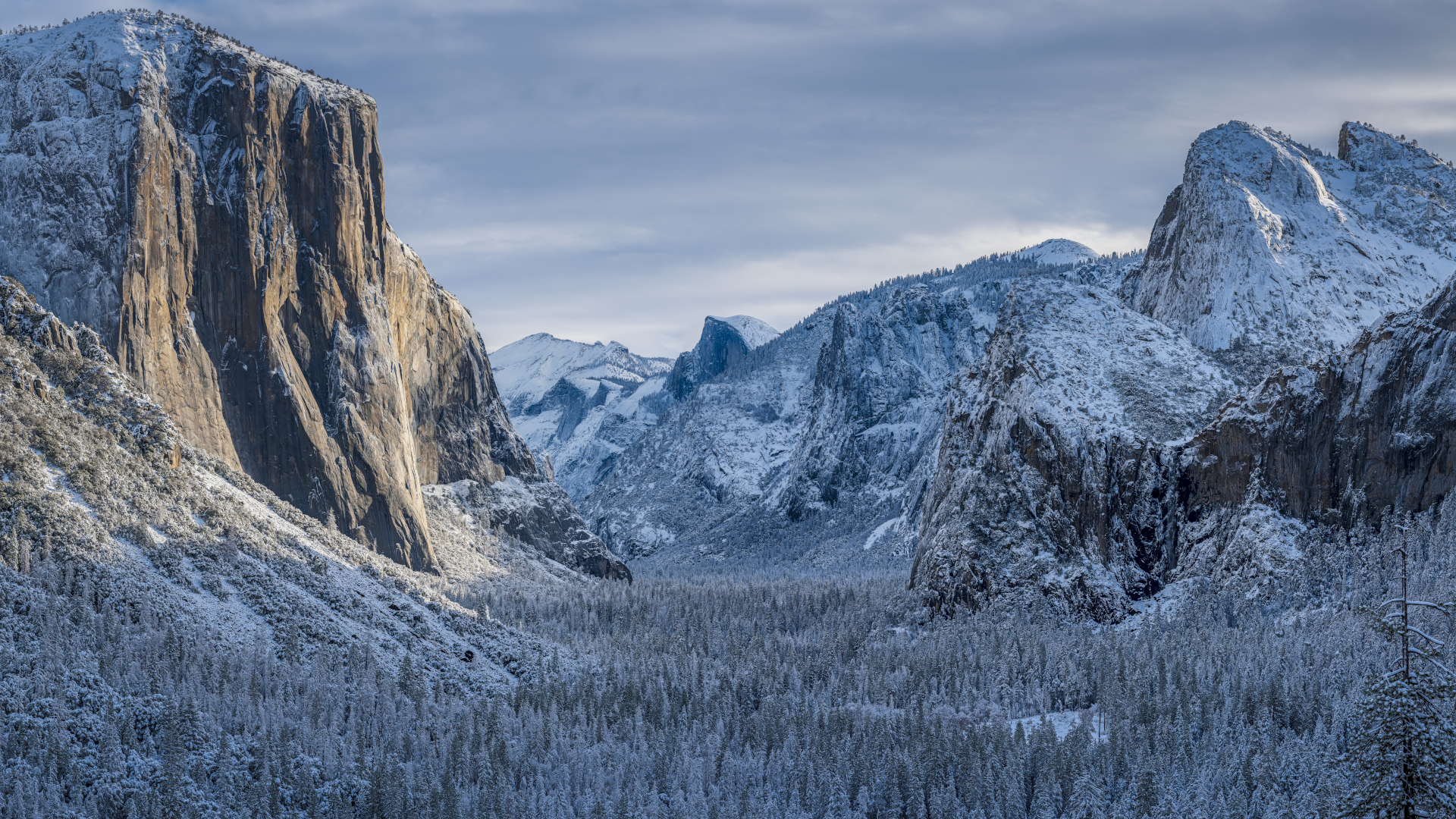
Yosemite’s place as one of the most famous national parks in the US is rightfully earned. A four hour drive east from San Francisco, or just over an hour from Fresno, Yosemite sits on the western slope of the Sierra Nevada mountain range. Yosemite Valley cuts 3,500ft deep into the earth and is walled by majestic granite summits. Its 1200 acres are also home to pine trees, tranquil lakes, colorful wildflower meadows and sun-dappled giant sequoia groves. Though summer is the best time to view its famous cascading waterfalls, Yosemite Valley tends to experience temperate weather throughout the winter, so you can still enjoy some of the trails that are most popular in the summer, only without the hordes of people. While Glacier Road past Taft Point is turned into a snowshoe and cross country ski park, the highs in the valley can be around 50 degrees and while trails can be snow and ice covered, however good boots or a pair of Yaktrax or Microspikes will be all you need.
Check out our guide to the best winter hikes in Yosemite.
Joshua Tree National Park
- California
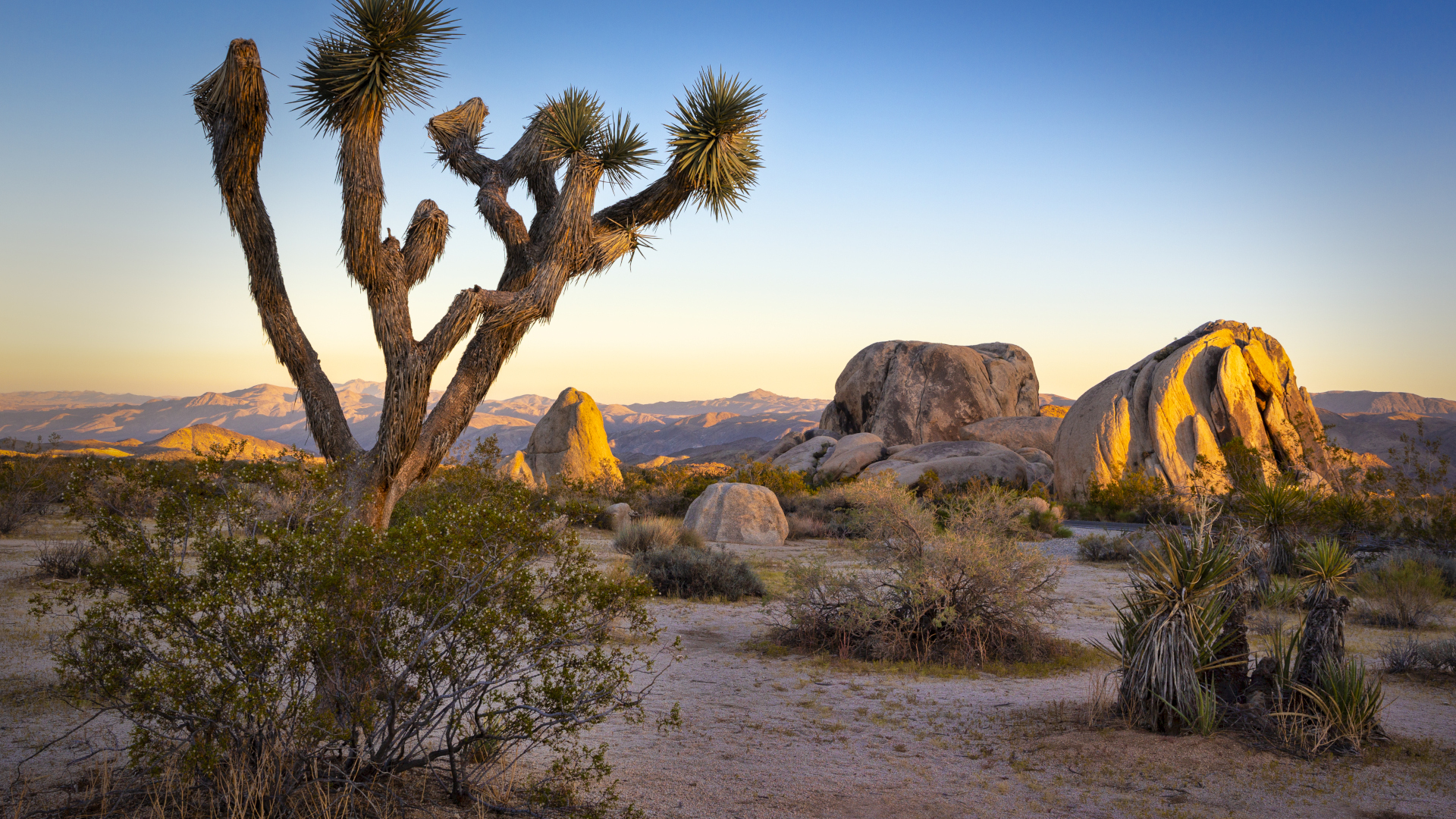
Just east of LA in southern California, Joshua Tree National Park’s rugged rock formations and stark desert landscapes have served as inspiration for artists and musicians as well as outdoors lovers. The Park straddles the Mojave and Colorado deserts, which are two distinct ecosystems forming a vast, beautiful wilderness. The winter months here bring temperatures in the 60s and 70s making it perfect for wandering amongst the twisted, bristled Joshua trees and boulders of Hidden Valley.
Grand Canyon National Park South Rim
- Arizona
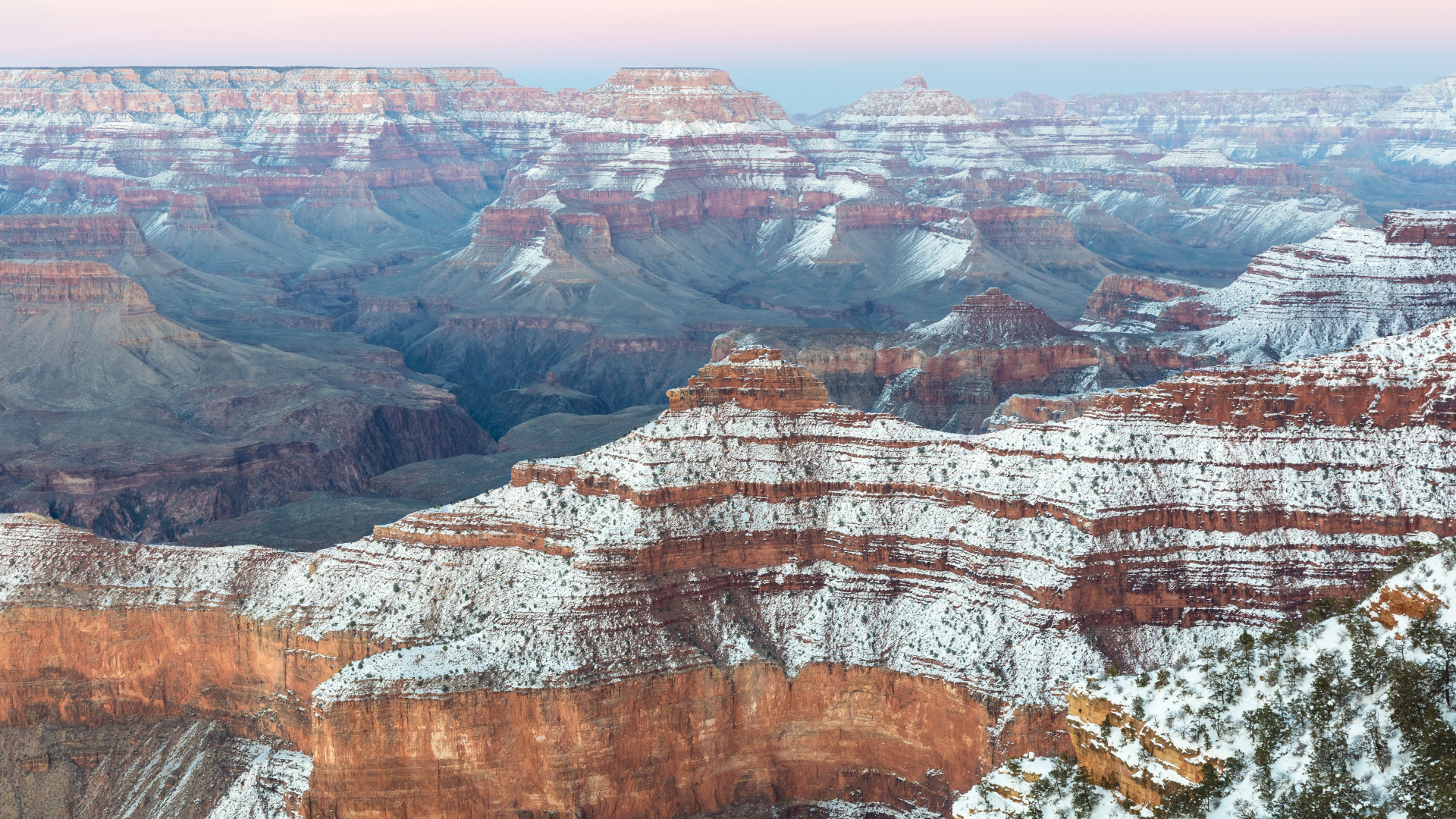
While the North Rim is closed in winter, the Grand Canyon’s South Rim is open year-round and the frosted red rock walls of the canyon are truly a sight to behold. Highs are likely to be in the 40s so you’ll want to dress warm, but any snow at this time of year is likely to be a light dusting at most and you’ll be able to enjoy big views of the canyon from the popular Bright Angel and South Kaibab trails without the usual tourist traffic.
Big Bend National Park
- Texas
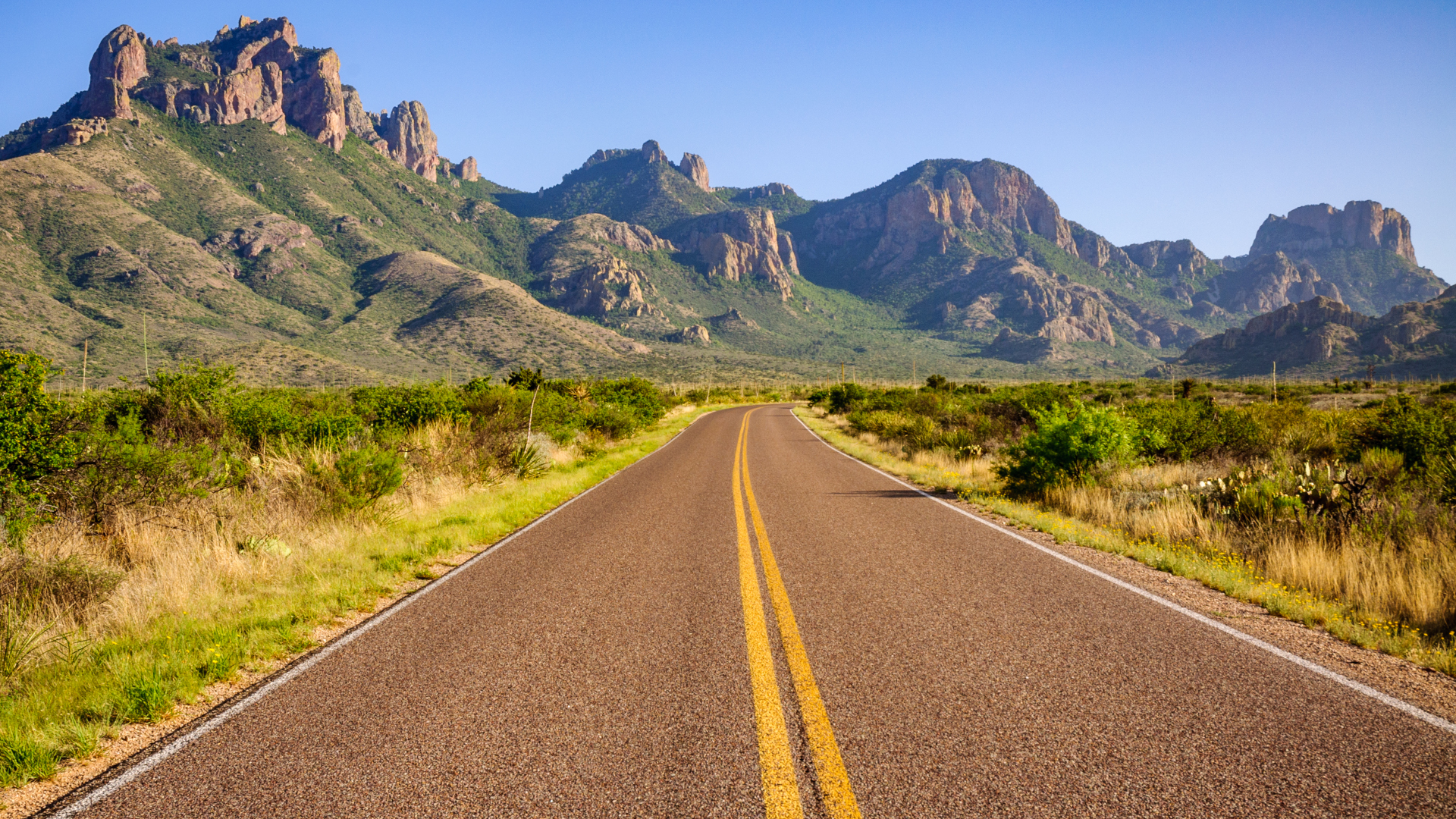
Many of us visit the wilderness seeking solitude and you’ll find that in large doses in Big Bend National Park. Located in southwest Texas close to the border with Chihuahua, Big Bend is home to the entire Chisos mountain range and much of the Chihuahuan Desert. With daily highs around 60 in winter, you can comfortably backpack in the Chisos Mountains and float along the Rio Grande river admiring the steep limestone cliffs. At night, the inky black sky makes for first class stargazing.
Volcanoes National Park
- Hawaii
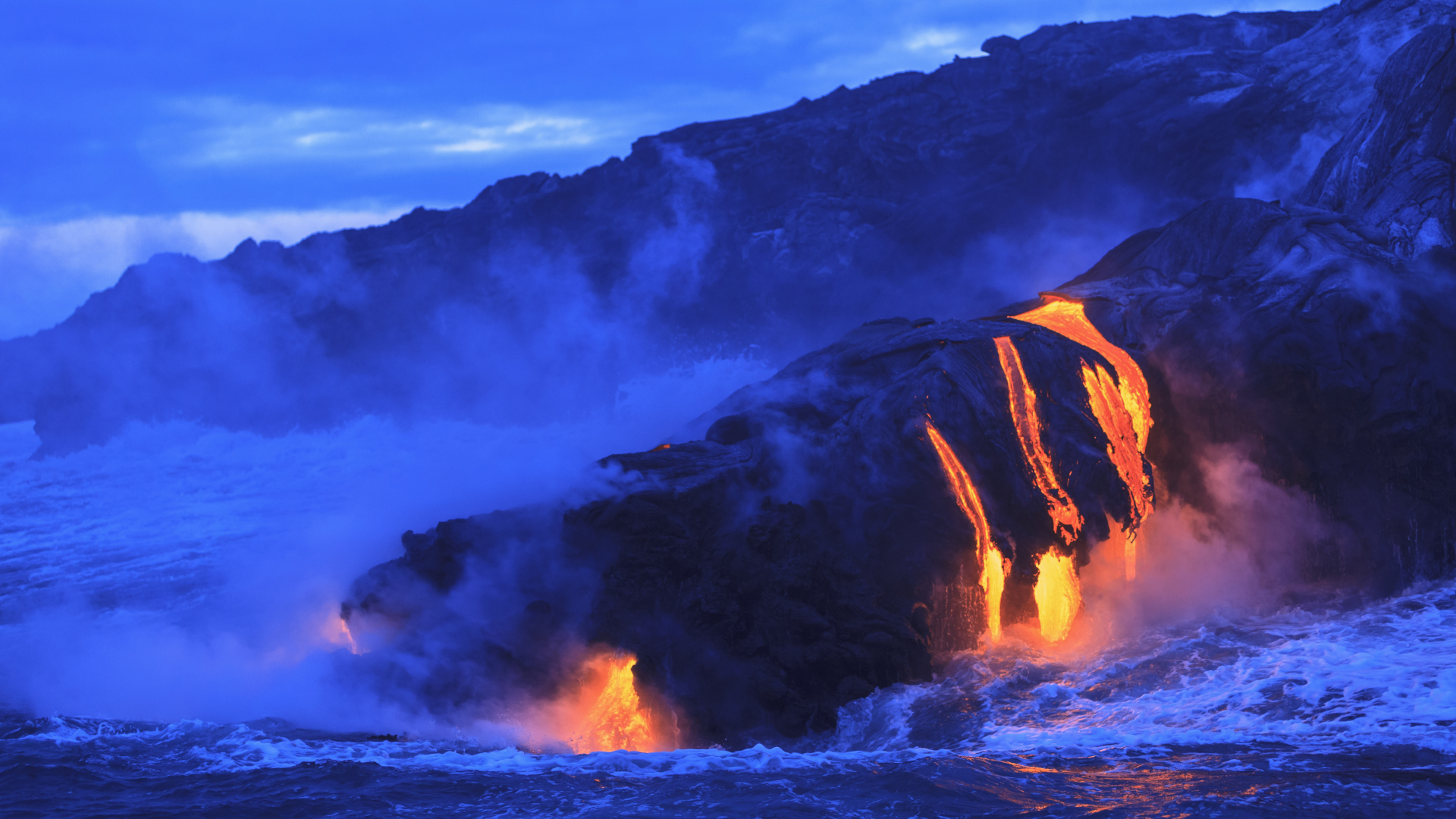
An island vacation always sounds appealing but never more so than in the depths of winter. Located on the Big Island, this UNESCO World Heritage Site extends from sea level to 13,677 feet and encompasses the summits of two of the world's most active volcanoes. In the winter months, you can enjoy sultry weather with temperatures in the 80s as you hike volcanic terrain, view smouldering eruptions of lava and drive the rugged Chain of Craters Road to enjoy some of the world’s most unique geological landscapes up close.
National Park of American Samoa
- American Samoa

Further afield, the most adventurous National Park on our list is a tropical parkland in the South Pacific. The caveat is that winter here is during the summer for the rest of the United States, so the months from June to September are slightly cooler and drier, with highs in the 80s, while October to May are hotter and wetter. Setting that meteorological quibble aside though, this remote park sees only 5,000 visitors per year, so no matter what time of year you make the flight, you’re bound to enjoy splendid isolation as you hike rainforests and beaches and snorkel in coral reefs.
Julia Clarke is a staff writer for Advnture.com and the author of the book Restorative Yoga for Beginners. She loves to explore mountains on foot, bike, skis and belay and then recover on the the yoga mat. Julia graduated with a degree in journalism in 2004 and spent eight years working as a radio presenter in Kansas City, Vermont, Boston and New York City before discovering the joys of the Rocky Mountains. She then detoured west to Colorado and enjoyed 11 years teaching yoga in Vail before returning to her hometown of Glasgow, Scotland in 2020 to focus on family and writing.

